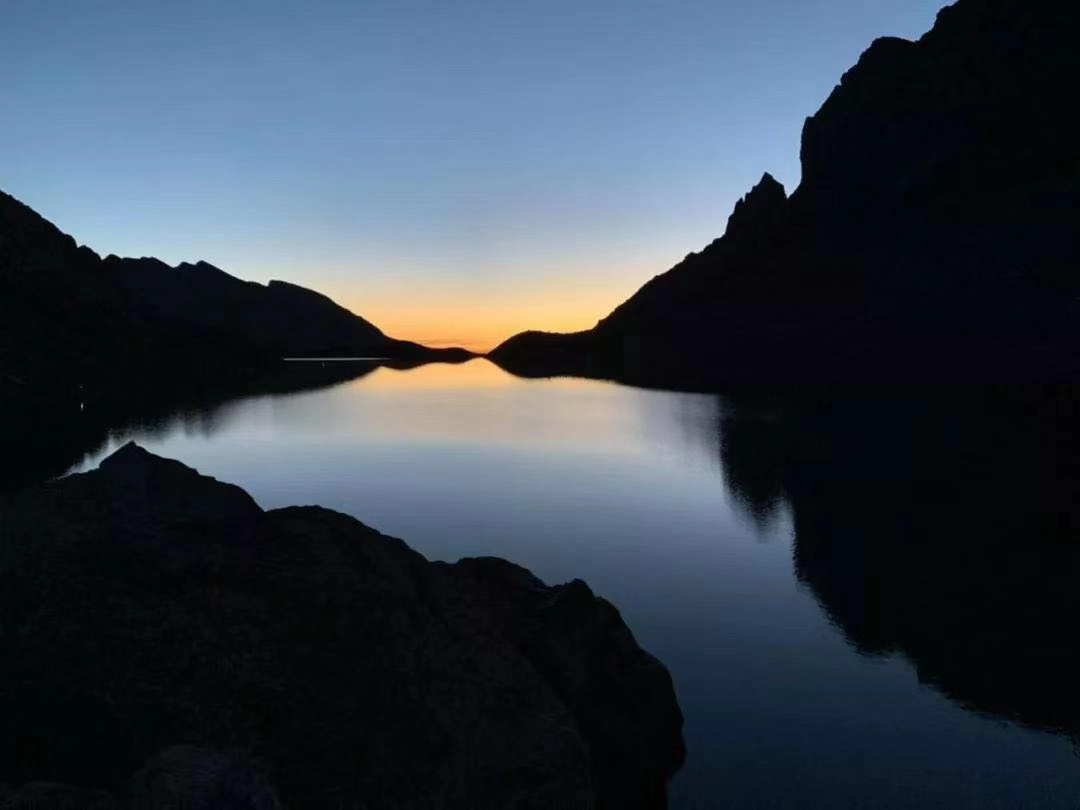A year and a half ago I wrote an article about record spontaneity, or rather a spontaneous record: my 2017 Annapurna Circuit FKT which Outside Magazine ended up calling ‘crazy’.
Today, I’m writing about a different type of spontaneity - also linked to running and to and FKT attempt, though I have somewhat limited faith in the ‘record’ outcome of this one, ha.
This is the story:
A few months ago, I was invited to participate in the Ultra Gobi, a 400km non-stop footrace on the edge of the Tibetan Plateau in China. The race is taking place this coming week, but the Chinese authorities at the very last minute closed the region to all foreigners - which resulted in me and ~a dozen other foreign nationals being uninvited just days prior to the race start.
You can imagine the mix of emotions when you learn that a 400km effort that you’ve been training for is no longer happening. Disappointment, on the one hand, about missing out on this very special experience. On the other hand, a certain level of relief to be missing out on a tremendously tough experience!
That said, I am not one to sit idle. My invitation to the Ultra Gobi was tied to a film project, and since both filmmaker extraordinaire Ben Clark and I found ourselves with air tickets to China and two weeks of time… we decided to change course and go for a spontaneous adventure instead. Which means that in about twelve hours, I’ll be getting on a plane to China in order to tackle the TransQilian - a 104km/65-mile mountain loop with ~50,000ft of vertical change at an average elevation of 10,500ft.
I know very little about the course other than it is high, steep, and gorgeous; I can’t wait to get to China and see for myself just exactly what I said yes to with about 72 hours of lead time! The plan is for me to go after the TransQilian FKT (at this point, the loop has only been run in race format and not by independent runners… but the winning race times are in the 25 hour range, which seems blistering fast!) though truth be told: I am in it for the adventure and the scenery; any speed record would just be icing on the cake.




And with that - I better get off my laptop and start packing; my plane leaves in less than 12 hours.
If you want to communicate with me while I’m in China or follow along while the speed attempt is underway, head over to my GPS page (and you know I always love messages; don’t be shy to write). I expect to have close to zero connectivity while I’m in China so don’t be surprised if you don’t see any updates from me on Instagram or Facebook. I should be back in the US by August 18. See y’all on the other side!








